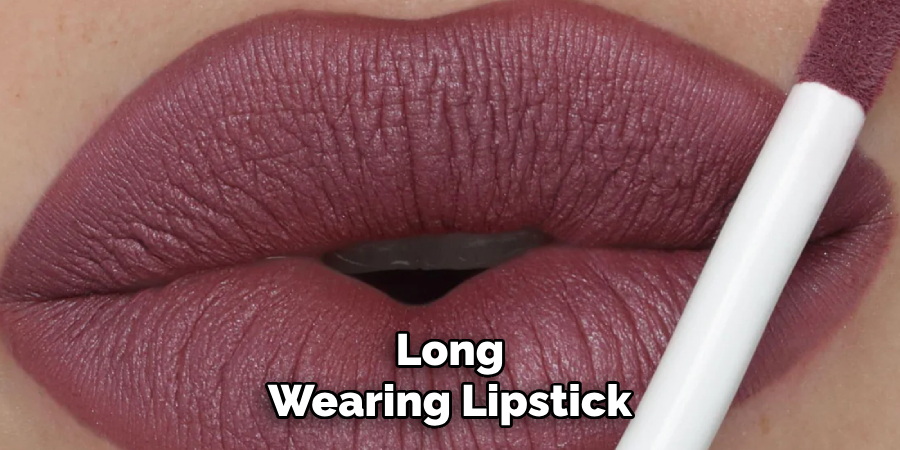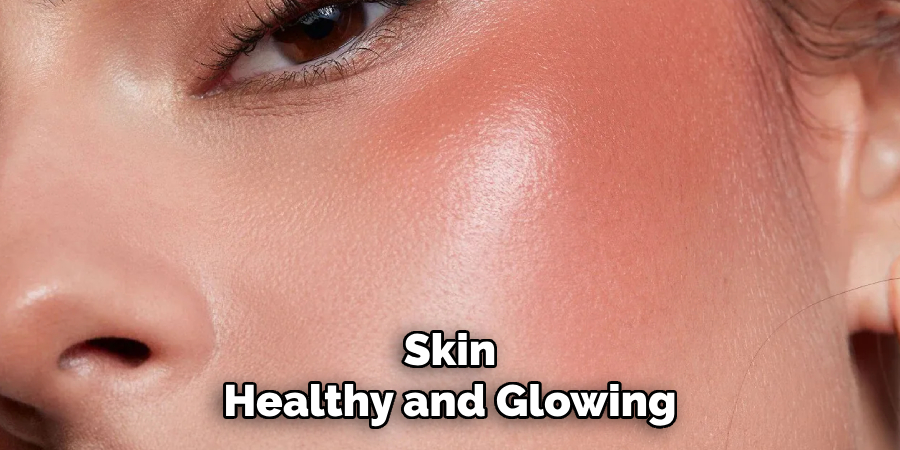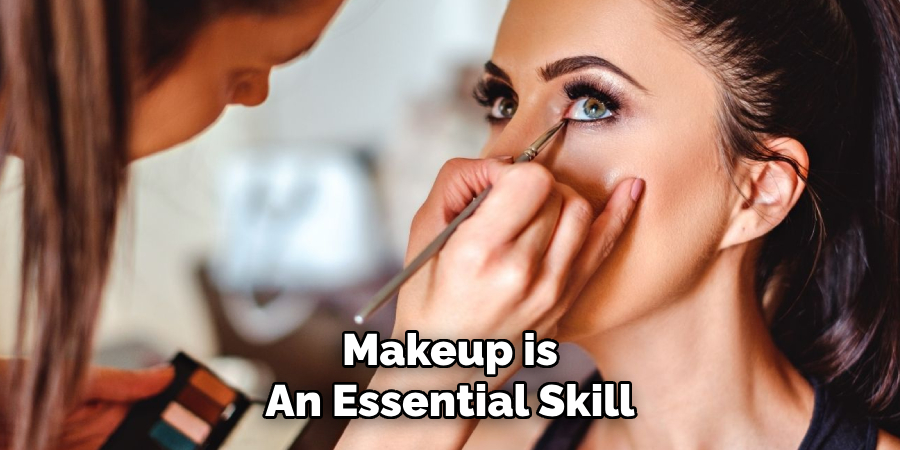Applying stage makeup is an essential skill for performers, as it helps emphasize facial features under harsh stage lighting and ensures expressions are visible to the audience, even from a distance. Whether you’re preparing for a play, dance performance, or musical, mastering the basics of stage makeup can enhance the overall impact of your performance.
This guide on how to apply stage makeup will walk you through the fundamental steps and techniques for achieving a polished and dramatic look suitable for any stage production. This comprehensive stage makeup tutorial will guide you through the essential techniques to transform your look for any performance.

Why is Stage Makeup Different From Everyday Makeup?
Stage makeup serves a different purpose than your regular, everyday makeup. While the goal of daily cosmetics is to enhance natural beauty and create a subtle, natural look, stage makeup aims to create exaggerated features that are visible from far away. It also needs to withstand the bright lights, sweat, and constant movement that comes with performing on stage.
It’s important to note that stage makeup may look heavy or exaggerated up close, but under bright lights and from a distance, it will appear more natural and defined.
The Essentials: What You Will Need
Before diving into the step-by-step process of applying stage makeup, it’s crucial to have all the necessary tools and products ready. Here are some essential items you should have in your stage makeup kit:
Foundation:
A foundation that matches your skin tone is the basis of any makeup look. Opt for a full-coverage, long-lasting formula suitable for stage use.
Concealer:
Concealer is crucial for covering any blemishes or dark circles and creating a smooth base for your foundation.
Powder:
A translucent powder will help set your foundation and prevent shine under the lights.
Contouring and Highlighting Products:
Contouring helps define features while highlighting adds depth and dimension to the face. Look for cream or powder products that are easy to blend and have good staying power.
Eyeshadow Palette:
Choose a versatile eyeshadow palette with a range of colors that can be used for both natural and dramatic looks.
Eyeliner:
A black liquid eyeliner is perfect for creating bold lines that stand out on stage.
Mascara:
Invest in a waterproof mascara that can withstand sweat and tears.
Eyebrow Products:
Fill in your eyebrows with a brow pencil or powder to frame your face and create more definition.
Lipstick or Lip Gloss:
Choose a bold, long-wearing lipstick or lip gloss to complete your look. Avoid shades that are too light or pale as they can wash you out under the stage lights.

8 Step-by-step Guides on How to Apply Stage Makeup
Step 1: Prepare Your Skin
Before applying any makeup, it’s crucial to start with a clean and well-prepped face. Begin by washing your face with a gentle cleanser to remove any dirt, oil, or residue. Follow this with a lightweight moisturizer to hydrate your skin and ensure a smooth makeup application. If you have oily skin, consider using an oil-free moisturizer to avoid excess shine.
Finally, apply a makeup primer suitable for your skin type. Primer creates a smooth canvas, helps makeup adhere better, and increases its longevity under the heat and bright lights of the stage.
Step 2: Apply Foundation
Once your skin is prepped, it’s time to apply foundation. Choose a full-coverage foundation that matches your skin tone as closely as possible. Using a makeup sponge, brush, or your fingers, evenly distribute the foundation across your face, blending it into your hairline, jawline, and neck to avoid harsh lines.
Pay extra attention to areas that need more coverage, such as blemishes or redness, to create a flawless base. This step ensures your skin will look smooth and even under the intense stage lights. Be sure to set the foundation with a translucent powder to lock it in place and reduce shine.
Step 3: Conceal Any Imperfections
After applying foundation, use a concealer to address any remaining imperfections such as dark circles, blemishes, or discoloration. Select a concealer that is one to two shades lighter than your foundation for under the eyes to brighten and create a more awake appearance. For blemishes or redness, choose a concealer that matches your foundation to ensure it blends seamlessly.
Apply the concealer in thin layers, focusing on the problem areas, and gently blend it using a makeup sponge, brush, or your fingertips. Be careful not to remove the foundation underneath. Once blended, set the concealed areas with a small amount of translucent powder to prevent creasing and ensure a long-lasting, smooth finish under stage lights.
Step 4: Contour and Highlight
Contouring is a technique that uses dark and light products to sculpt the face and create more definition. Start by using a contouring product one or two shades darker than your skin tone to shade areas such as your cheekbones, jawline, temples, and nose. Blend it well using a brush or sponge for a natural look.
Next, use a highlighting product on the high points of your face, such as the tops of your cheekbones, brow bones, and cupid’s bow. This will add dimension and draw attention to these areas under stage lights. Use a light hand when applying highlighter, as too much can appear harsh in bright lighting.

Step 5: Define Your Eyes
Eye makeup is arguably the most crucial step in stage makeup as it helps the eyes stand out and communicate emotions to the audience. Start by priming your eyelids with a primer or eyeshadow base to make your eye makeup last longer and appear more vibrant.
Next, use an eyeshadow that complements your skin tone to create a neutral base across your lids. Then, using darker shades, add dimension and depth to the crease of your eye and outer corners for a dramatic effect. Be sure to blend well for a seamless look.
After eyeshadow, line your upper lash line with a black liquid eyeliner to create a bold and defined look. You can also add false lashes for more drama and impact under the stage lights. Finish off by curling your natural lashes and applying waterproof mascara to make them stand out.
Step 6: Perfect Your Eyebrows
Eyebrows frame the face and play a significant role in creating expression on stage. Fill in any sparse areas or define your brows using a brow pencil or powder that matches your hair color. Focus on creating an even arch and shape that suits your face shape.
Use short, light strokes for a natural look, then set them in place with clear brow gel or hairspray on a spoolie brush.
Step 7: Add Color to Your Cheeks
Stage makeup can wash out your face, so it’s crucial to add some color back in with blush or bronzer. Use a matte blush in a warm tone on the apples of your cheeks and blend upward towards your temples for a natural-looking flush. Alternatively, sweep bronzer across the hollows of your cheeks and around the edges of your face for a more defined look that mimics a natural tan.
If you’re performing in a brightly lit venue, consider using a cream blush or bronzer as they can appear more vibrant and long-lasting under harsh lighting.
Step 8: Complete Your Look with Lipstick or Lip Gloss
To complete your stage makeup look, choose a long-wearing lipstick or lip gloss in a bold color that complements your skin tone and outfit. Avoid shades that are too light or pale as they can wash you out under the bright lights. Use a lip liner to outline and fill in your lips for longer-lasting wear and precision. For added shine, apply a layer of clear lip gloss over your lipstick.
Following these eight steps on how to apply stage makeup will help you achieve a flawless and long-lasting stage makeup look. Remember to practice, experiment with different products and techniques, and always remove your makeup thoroughly after each performance to keep your skin healthy and glowing. Break a leg! (not literally)

Additional Tips
- When applying stage makeup, always use products that are specifically meant for theatrical or performance purposes. These products are designed to withstand heat, sweat, and bright lights and will last longer on stage.
- Experiment with different techniques, colors, and products to find what works best for you and your character. Don’t be afraid to try new things and step outside of your comfort zone when it comes to stage makeup.
- Practice, practice, practice! The more you apply stage makeup, the better you will become at creating a flawless look that enhances your performance.
- Always remove your makeup thoroughly after each performance using a gentle cleanser or makeup remover to avoid clogging pores and potential breakouts.
- Consider investing in a good quality setting spray to lock in your makeup and keep it looking fresh throughout your performance.
- Take care of your skin by moisturizing regularly and drinking plenty of water to keep it hydrated. This will help your makeup go on more smoothly and last longer on stage.

Conclusion
Stage makeup is an essential skill for performers, allowing them to enhance their features, convey emotions, and ensure their expressions are visible under harsh stage lighting. By following the outlined steps and incorporating additional tips on how to apply stage makeup, you can create a polished and long-lasting look that elevates your performance.
Remember, practice makes perfect, so don’t hesitate to experiment and refine your techniques. With the right tools, products, and preparation, your stage makeup will not only enhance your appearance but also boost your confidence, allowing you to shine under the spotlight.
About the Author
Jane Hubbard is a passionate beauty expert with a wealth of experience in makeup, hair, and overall beauty techniques. After years of working as a hairdresser specialist, she followed her entrepreneurial spirit and started her own consultancy business.
Jane has always been driven by her desire to help others feel confident in their own skin, and she does this by sharing her knowledge, experiences, and practical beauty tips. Through her consultancy, she empowers individuals to embrace their unique beauty, offering tailored guidance that boosts both self-esteem and personal style.
Professional Focus
- Specializes in makeup, hairstyling, and beauty consulting.
- Provides personalized beauty advice, tips, and techniques to help individuals feel confident in their appearance.
- Dedicated to staying up-to-date with the latest industry trends and developments.
- Passionate about creating a comfortable and empowering experience for every client.
Education History
- University of Craft and Design – Bachelor of Fine Arts (BFA) in Woodworking and Furniture Design
- Woodworking Apprenticeships – Extensive hands-on training with skilled craftsmen to refine carpentry and furniture making techniques
- Online Courses & Masterclasses – Continued education in advanced woodworking techniques, design principles, and specialized tools
Expertise:
- Makeup artistry, hairstyling, and beauty consulting.
- Personalized beauty techniques to enhance confidence and self-expression.
- Educating clients on how to maintain their beauty routines at home.
